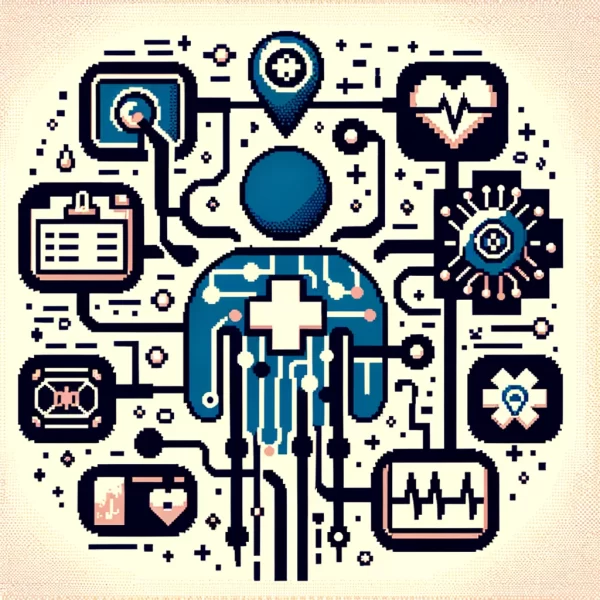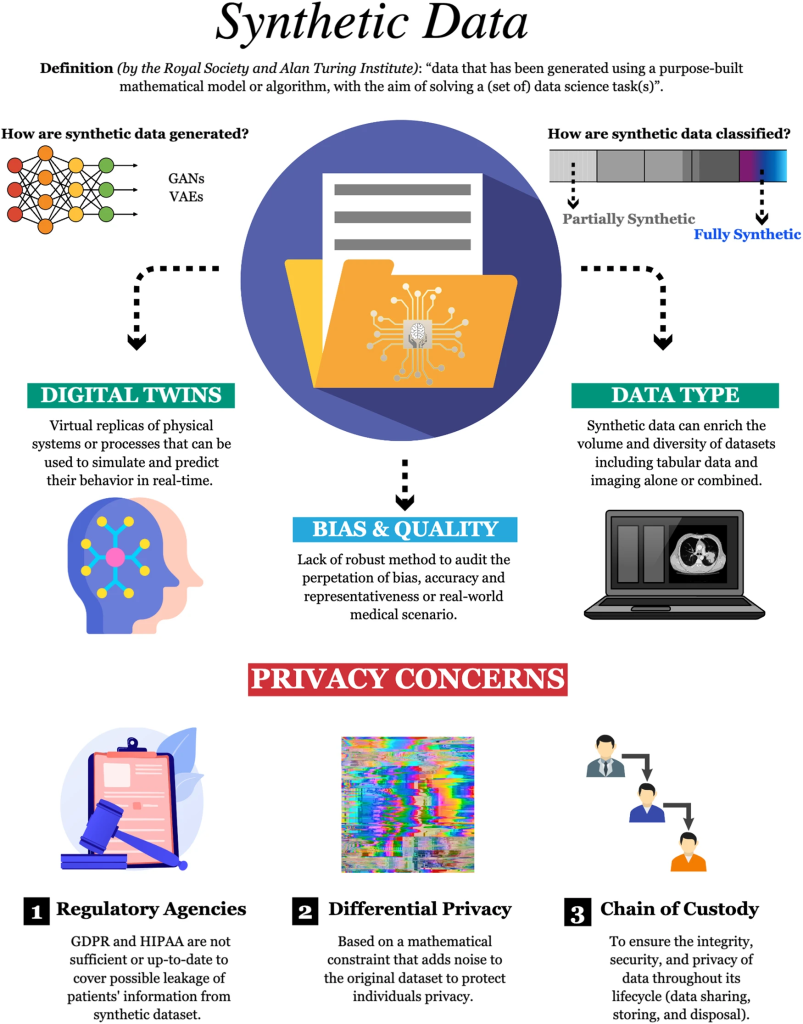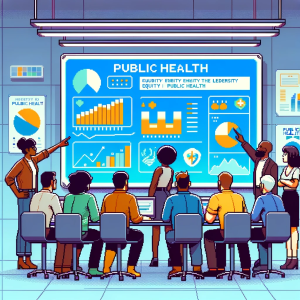
The Power of Synthetic Data in Healthcare: A Dive into Innovation and Privacy Concerns
The realm of healthcare is undergoing a significant transformation, thanks to the advent of synthetic data. This game-changing development promises to revolutionize how we approach medical research, patient care, and public health policy.
But what exactly is synthetic data, and why is it becoming a pivotal element in healthcare? Let’s delve into this fascinating topic, exploring its implications, challenges, and the future it holds for public health practitioners, courtesy of the article, Harnessing the power of synthetic data in healthcare: innovation, application, and privacy.
What is Synthetic Data?
Synthetic data is essentially artificial data generated by algorithms that closely mimic the statistical properties of real-world data. It’s a creative solution to the pressing issues of privacy and data scarcity in healthcare. This data type enables researchers to conduct comprehensive studies without compromising patient confidentiality – a significant step forward in medical research and public health initiatives.
The Rising Star in Healthcare Innovation
The use of synthetic data is not new; it has roots going back to the 1940s with the pioneering work of Stanislaw Ulam and John von Neumann. However, its application in healthcare is relatively recent. Techniques like Generative Adversarial Networks (GANs) and Variational Auto-encoders (VAEs) have made it possible to generate high-quality, realistic synthetic datasets.
These synthetic datasets are valuable in various healthcare applications, from predicting disease outbreaks to optimizing treatment plans. They provide a rich source of information for training machine learning models, especially in scenarios where real-world data is scarce or sensitive.
Check out the figure from the article below.

The Potential and Pitfalls
While synthetic data holds immense potential, it is not without challenges. One significant concern is bias. If the original dataset used to generate synthetic data contains inherent biases, these can be magnified, leading to skewed research outcomes and potentially harmful healthcare practices. Another challenge is maintaining the balance between data privacy and utility. The need for robust methods to ensure data quality and representativeness is crucial to retain trust and reliability in the healthcare sector.
Privacy Concerns and Regulatory Landscape
The privacy of patient data is paramount. With synthetic data derived from sensitive medical information, there’s a risk of unintended disclosure or re-identification. Current regulations like the GDPR and HIPAA offer some guidance, but they fall short in fully addressing the complexities of synthetic data. A proactive approach, including privacy-by-design methodologies, is essential to safeguard patient information.
The Future: Differential Privacy and Digital Chain-of-Custody
Differentiated privacy emerges as a promising solution to address these challenges. It’s a mathematical framework that ensures individual privacy while providing useful aggregate data. Alongside this, establishing a robust digital chain of custody can ensure data integrity and confidentiality throughout its lifecycle, encompassing sharing, storing, and disposal.
Concluding Thoughts
Synthetic data in healthcare is a double-edged sword. It offers remarkable opportunities for advancing medical research and improving patient care but comes with significant challenges that need addressing. The collaboration of healthcare professionals, researchers, technologists, and regulatory bodies is crucial in navigating these complexities. By doing so, we can harness the full potential of synthetic data while prioritizing patient well-being and ethical standards in medicine.
Learn more!
For the R users out there, check out the tidysynth package.
Join the Movement of Health Innovators – Subscribe for Weekly Insights!
Step into the forefront of public health innovation with ‘This Week in Public Health.’ Every edition brings you closer to the latest developments in research, community health, and advocacy. It’s more than a newsletter – it’s your resource for becoming an informed and active participant in the health community. Subscribe for free and join a network of individuals dedicated to making a lasting impact in public health!



